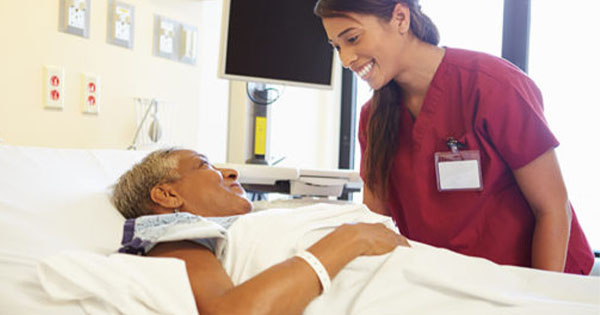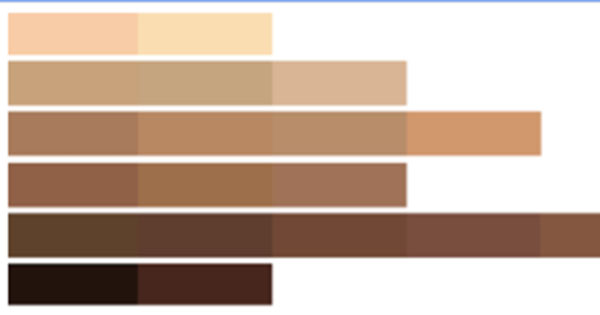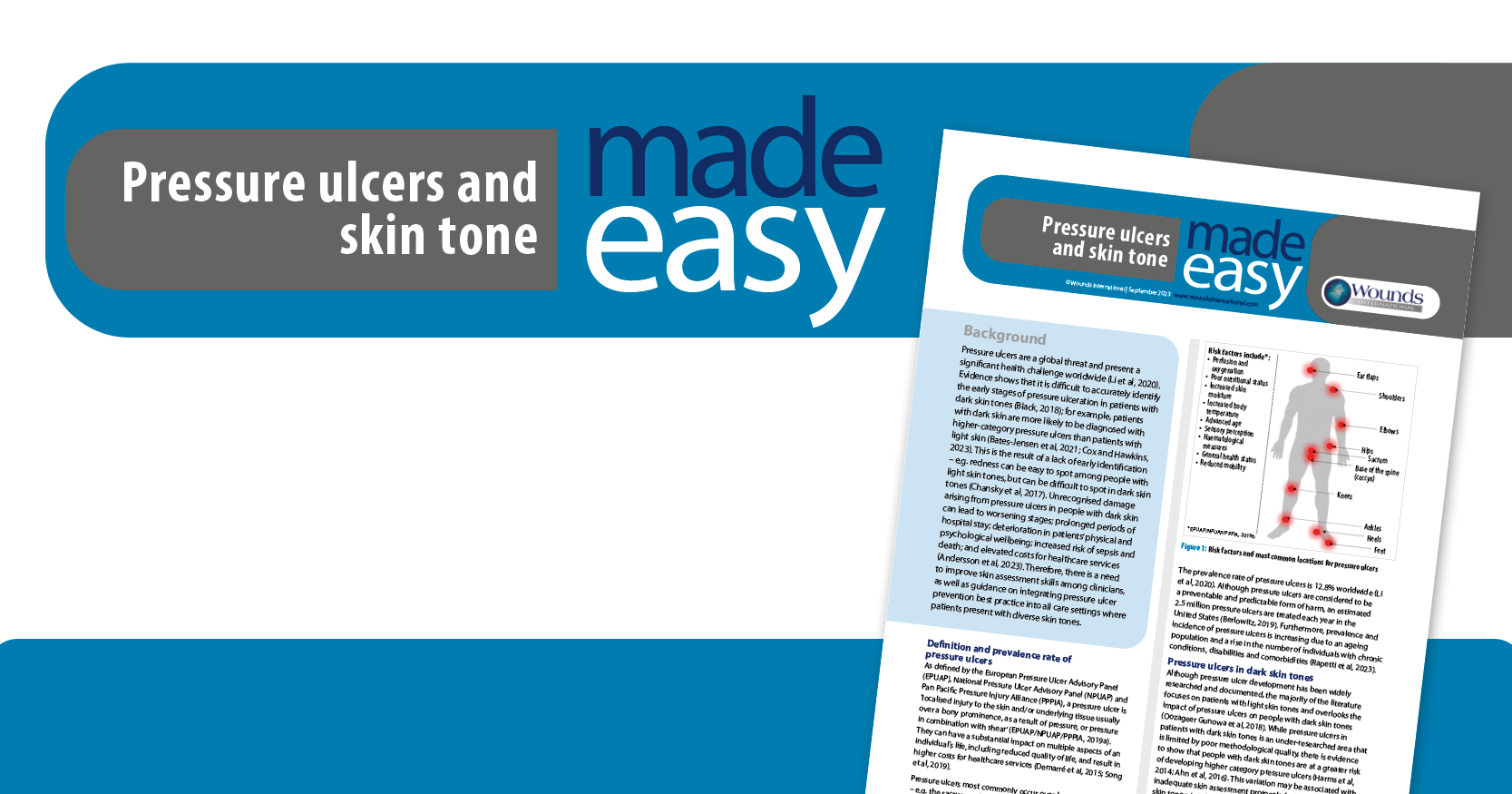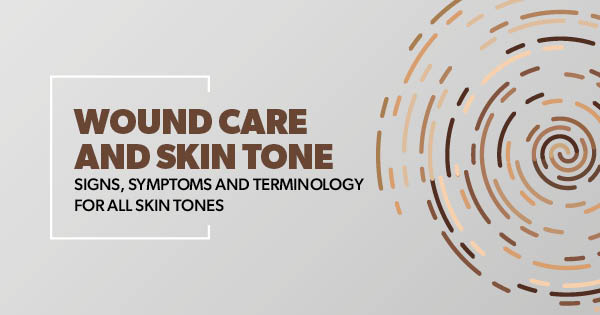The diagnosis of wounds is not easy, yet it is imperative that the aetiology of the wound be understood because the treatment stems from the cause. Diabetic foot ulcers are not treated the same way venous leg ulcers or heel pressure ulcers are managed. Take, for example, a wound on the heel of a person with diabetes. Is it automatically a diabetic foot ulcer? I see this missed diagnosis a lot. The patient has diabetes and has an ulcer on the posterior heel. The fact that he has been in bed for the past week and not ambulating does not seem to broach the individual’s background. Person with diabetes = diabetic foot ulcer. So that process makes me wonder is this a misdiagnosis?
Why, you might ask, would someone classify a pressure ulcer on the heel as a diabetic foot ulcer? I think I can give you some reasons: (1) the history of the wound, the risk of the patient, the position of the leg and the offloading of the heel was not considered. It takes time to go through a medical record and find out all that data; (2) the aetiology of diabetic foot ulcers (DFU) is not widely understood. As you may have read in the Ten Top Tips, the aetiology of DFU is repeated trauma (often from misfitted shoes) in an ambulatory patient with foot deformity (E.g. Charcot deformity) and/or ischaemia and/or neuropathy. So, in our case, the patient has diabetes, but not is walking and not wearing shoes. And importantly, the location of the wound is the posterior heel, not the bottom of the foot; (3) the healthcare system is not responsible for diabetic foot ulcers, but they are or can be responsible for pressure ulcers because almost all pressure ulcers are preventable with reasonable care. So, if the ulcer is labelled a DFU, nobody examines the facts to change the diagnosis.
But wait, individuals with diabetes have accelerated arterial limb disease, so maybe this heel wound is an arterial wound. Or is it? Again, if the clinician just looked at the necrotic heel today, it may appear that it just showed up today, like an area of infarct seen in peripheral arterial disease. I would think that the location would be a big clue to the aetiology in that arterial wounds appear quickly, but on toes or the shin. While this patient likely has arterial insufficiency, such an issue would increase the risk of pressure ulcers, but not be a direct cause.
A missed diagnosis is one that was never made; no one saw the pressure ulcer. This event is more common than you might think. Many providers ‘examine’ the visible skin and note that it is warm and dry. Cool/cold and wet skin is a sign of shock but is not a great measure of skin health. When patients are seen in the clinic, they often do not disrobe. When individuals with diabetes are seen, they often do not take of their socks and shoes. When bedbound patients are examined, they have to be rolled over to examine the sacrum. To examine the heels is even more arduous — stockings and boots have to be removed and then the leg lifted up (I use a mirror to examine the heels). Unfortunately, we have patients dismissed back to home and the family finds the wound that we clinicians never saw or treated.
Hopefully, you don’t see yourself in these patterns of skin assessment. If you do, the patient is likely not getting the preventive care or the proper wound care they need. If this is your pattern of case, today would be a good day to change.







